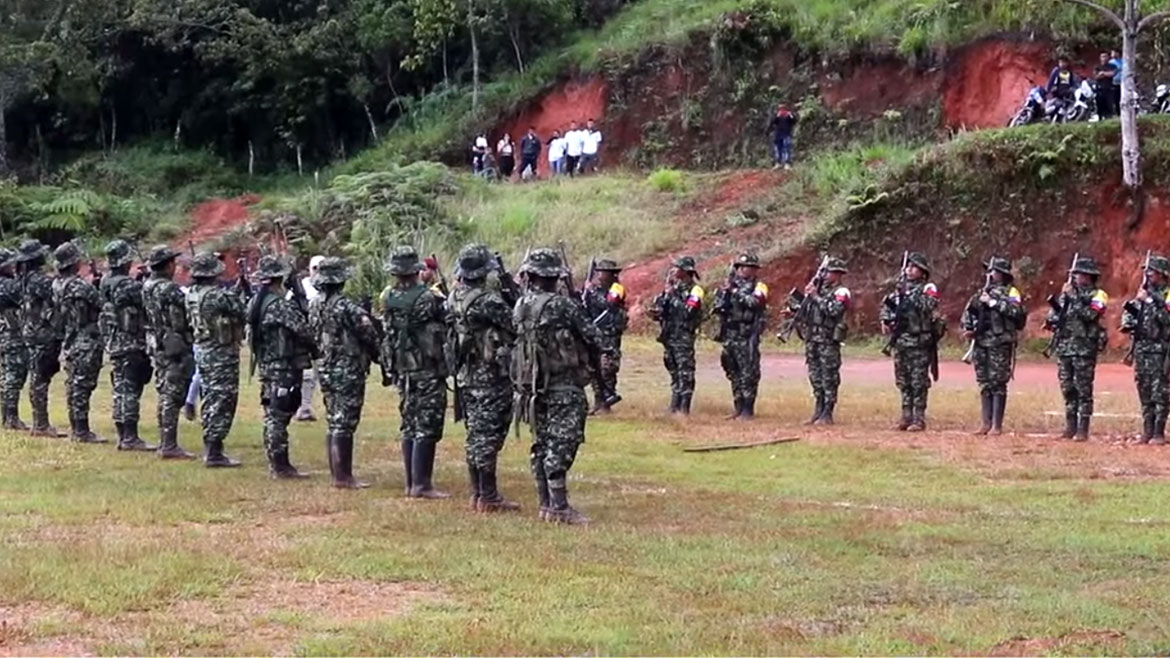Colombia’s government and guerrilla group EMC agreed to add six months to an expiring three-month ceasefire to facilitate ongoing peace talks.
The initial ceasefire with the dissidents of the now-defunct guerrilla organization FARC was agreed at the start of formal negotiations on October 16 last year.
The government decree that ordered the military to extend the bilateral ceasefire said the negotiators would also seek “new ceasefire objectives aimed at strengthening the peace process, deepening territorial transformations and the replacement of illicit economic activities, environmental protection, social participation and humanitarian protection of the civilian population.”
So far, the peace talks and the ceasefire have been marred by violent incidents, particularly in southwest Colombia where the group of “Ivan Mordisco” has been fighting other illegal armed groups.
The United Nations’ Security Council, which was asked to monitor the ceasefire and mediate in possible disputes over ceasefire violations has yet to approve the extension of its mandate in Colombia.
According to the American ambassador at the Security Council, “the United States will continue to look for more progress” in the peace talks “before considering a further expansion of the UN Verification Mission’s mandate to include monitoring of the ceasefire.”
The US Government considers the EMC a terrorist organization like its predecessor, the FARC.
Mordisco and other dissident guerrilla commanders founded their new organization in 2016, months before the demobilization and disarmament of the FARC in opposition to a peace dead with former President Juan Manuel Santos.
The EMC has since taken control over large parts of what used to be considered FARC territories in Colombia’s countryside.



